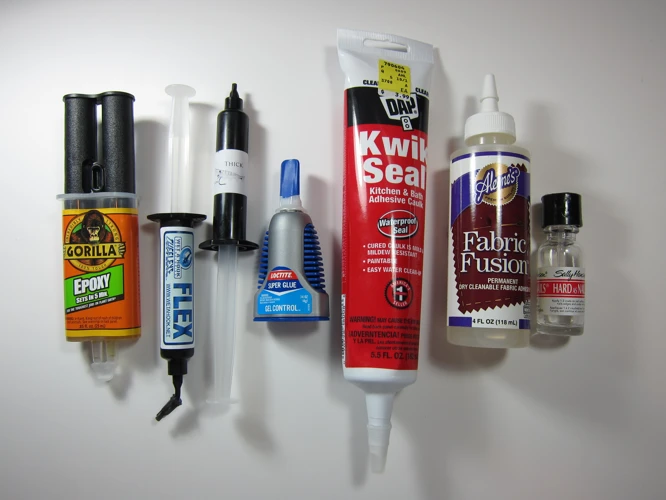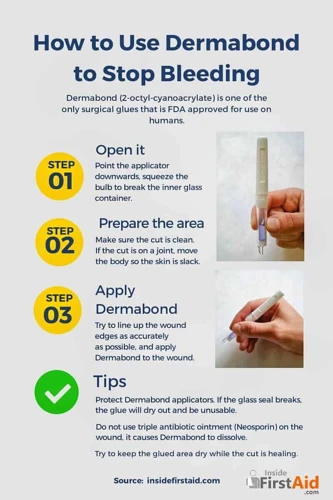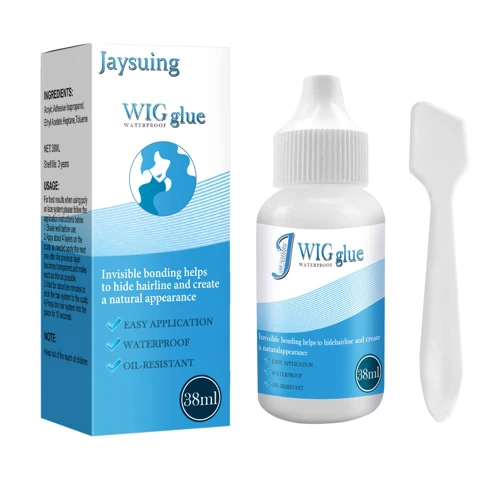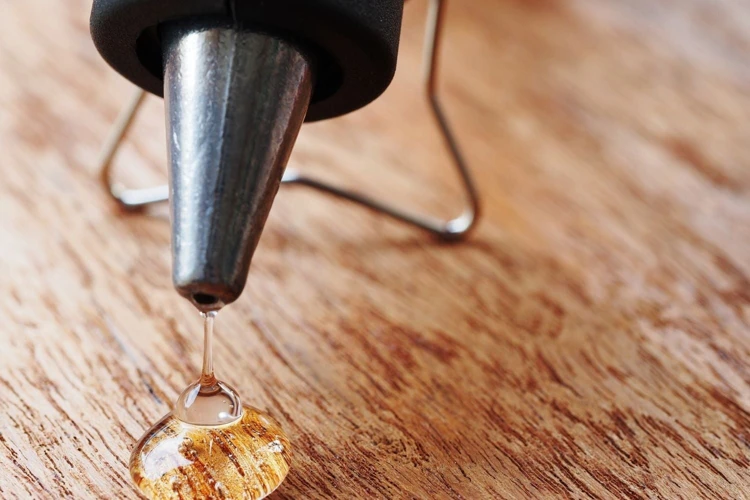For many, the concept of attaching facial hair is a crafty skill that can elevate a costume, enhance a theatrical performance, or simply allow for a change in appearance. Whether you’re looking to perfect your cosplay look or aiming for a spot-on character transformation, mastering the art of facial hair application is essential. In this comprehensive guide, we’ll navigate through each step, from choosing the right adhesive to ensuring a secure and comfortable fit.
Choosing the Right Adhesive for Facial Hair
Finding the perfect adhesive for facial hair is critical for both the look and feel of your faux facial flair. The adhesive needs to be strong enough to hold the hair in place, yet gentle enough not to irritate your skin. Let’s explore what makes an adhesive appropriate for this delicate task.
Safe Glue for Skin
When it comes to adhesives that will be in direct contact with your skin, safety is paramount. The safe glue for skin must be hypoallergenic, non-toxic, and specifically formulated for use on the body. Medical-grade adhesives, like the ones used for medical prosthetics, are often a reliable choice. These products are designed to adhere for extended periods without causing skin damage.
Skin-Safe Adhesives for Hair
While some adhesives are great for skin contact, not all are suitable for bonding hair. Skin-safe adhesives for hair are specially designed to provide a stronghold on both the skin and the hair fibers. They are usually water-resistant and can withstand different temperatures, making them ideal for long events or performances.
Preparing Your Skin for Application
Before you dive into applying your facial hair, preparing your skin is crucial. Start with a clean, dry face; oils and moisture can prevent the adhesive from sticking properly. Optionally, a thin layer of astringent or alcohol can remove any excess oil, providing a clean canvas for your application.
How to Apply a Fake Beard
Applying a fake beard can transform your appearance dramatically, but it requires attention to detail to achieve a natural look. Let’s walk through the procedure.
Cutting and Shaping the Beard
Before attaching, tailor your fake beard to fit your face shape. Trim any excess length and shape it to match your desired style. Use sharp scissors for clean cuts and avoid uneven edges, which can detract from the realism.
Realistic Fake Mustache Application
The key to a realistic fake mustache application is in the placement and the subtlety of the hair strands. Apply the mustache piece by piece, starting from the center and working your way out. This technique creates a more believable gradient and mimics the natural growth pattern of hair.
Attaching Hair to Skin
With the right preparation and technique, attaching hair to skin can be a seamless process. The aim is to create a bond that is durable but can also be removed without causing harm to your skin.
Glue for Attaching Wigs
When it comes to wigs, the glue for attaching wigs must be robust enough to securely hold the wig cap, even through movement and potential perspiration. Wig adhesives often come in a variety of forms, such as liquid, gel, or tape, and your choice may depend on personal preference and the specific wig material.
Cosplay Facial Hair Application
In the realm of cosplay facial hair, precision and endurance are essential. The application often involves detailed work to replicate the intricate styles of beloved characters. A strong yet flexible adhesive is necessary to maintain the look throughout conventions or photoshoots, often requiring touch-ups on the go.
Theater Makeup Facial Hair Techniques
Theater makeup facial hair requires an adhesive that not only holds up under hot stage lights but also allows for quick changes between scenes. Traditional theater techniques often involve spirit gum or mastix, which are time-tested adhesives known for their reliability and ease of use in fast-paced environments.
Ensuring a Secure and Comfortable Fit
A comfortable fit is just as important as a secure hold. The adhesive should not cause any pulling or discomfort on the skin. Additionally, the facial hair piece should be lightweight and breathable to prevent irritation during prolonged wear. Test the fit and hold before committing to a full day’s wear to ensure comfort and security.
Removal and Aftercare
When the time comes to remove your facial hair, doing so gently is crucial to maintaining skin health. Use a specialized adhesive remover or oil-based product to dissolve the glue. Massage the product onto the adhesive until it loosens, then gently lift the hair piece away. Follow up with a gentle cleanser and moisturizer to soothe the skin.
If you’re exploring creative makeup or costume techniques, such as adhering materials directly to your skin, you’ve likely contemplated how to glue hair to your face safely and effectively. For related guidance, you might be interested in our step-by-step tutorials like how to glue a zipper to your face, which can provide insights into similar adhesive methods. Furthermore, knowing how to remove adhesives is just as important, which is why our article on how to get hair glue off skin can be incredibly helpful. And if you’re curious about using hair glue for attaching false eyelashes, our guide on how to put eyelashes on with hair glue might just be the resource you need.
Conclusion: Achieving a Natural Look
Attaching facial hair can be an enjoyable and transformative process when done correctly. With the right adhesive, preparation, and application techniques, you can achieve a natural look that’s both convincing and comfortable. Remember to prioritize skin safety and proper aftercare to ensure a positive and harm-free experience. Whether for theater, cosplay, or personal enjoyment, mastering the art of facial hair attachment will open up a world of creative possibilities.



